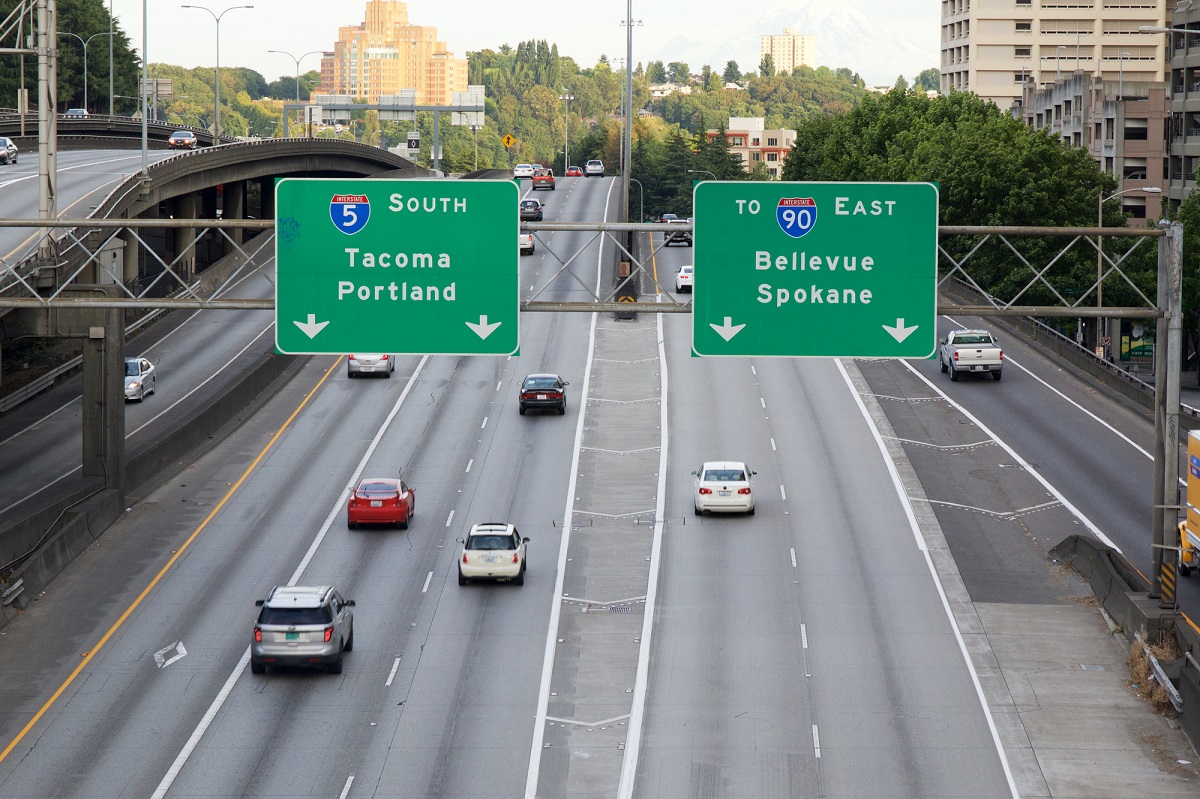Most of the United States begins Daylight Saving Time at 2:00 a.m. on the second Sunday in March and reverts to standard time on the first Sunday in November. Officially, the time change occurs each designated Sunday at 2:00 A.M. However, most of us reset clocks before we go to bed so that we wake up and know the correct time.
Most WiFi-enable computers, smartphones, and many modern clocks (analog or digital) have a setting to automatically reset the time twice a year. These are great to avoid unnecessary or embarrassing early or late arrivals! Here are the next expected daylight savings time changes:
When is daylight saving time in 2024?
- Spring ahead to Pacific Daylight Time: March 9, 2025
- Fall back to Pacific Standard Time: November 2, 2025
Just for fun: street clocks in downtown Seattle
We put together a list of street clocks in downtown Seattle. We haven’t checked these clocks in many years, so some may no longer exist, or may not have the correct time if they do. In any case, street clocks in this digital age are an interesting architectural or artistic public feature. Going roughly from north to south in the city, here’s where you can find street clocks:
- Belltown Billiards, 90 Blanchard St, Seattle, WA 98121
- Bergman Luggage Sign, 1901 3rd Ave (at Stewart St), Seattle, WA 98101
- Century Square, 1501 4th Ave, Seattle, WA 98101
- Tiffany & Co. at Pacific Place, 600 Pine St, Seattle, WA 98101
- Pike Place Market, Pike Place and Pike Street, Seattle, WA 98101 (see photo above)
- Bill Whipple’s Question Mark Clock at 5th and Pine, Seattle, WA 98101
- Ben Bridge Jeweler, 1432 4th Ave, Seattle, WA 98101
- King Street Station, 303 S Jackson St, Seattle, WA 98101
Find many more Seattle street clocks at Seattle Clock Walk, produced by local engineering manager Rob Ketcherside. Rob’s extensive list of clocks, with maps, includes clocks in downtown Seattle and across the city, on building facades, as well as street clocks. Fascinating stuff. Rob researches local Seattle history, so be sure to check out his Rob’s blog and his book Amazon: “Lost Seattle” by Rob Rob Ketcherside.
Is daylight saving time ending?
A bill must be passed by both the House and Senate in identical form and then be signed by the President to become law. Congressional Bills to stay on DST appear often on the legislative agenda. Note: U.S. Congress Bill numbers restart every two years. That means if you search, there will be different bills with the same number. So, you also need to know when the bill was introduced.
Several states, including Washington State have already passed bills in favor of permanent DST. However, it appears that a national change, rather than state-by-state will (eventually) occur because the desire for a change is increasing across the country.
However, since 2015, dozens of federal bills and resolutions have been introduced with no meaningful action or approval. On average, only 11% of bills make it past committee and only 2% are enacted in any legislative session. Here is information on some of the latest Congressional Bills about daylight savings (as of February 15, 2024):
- Daylight Act (H.R. 300): Introduced Jan 9, 2025, 119th Congress (2025–2027) by Celeste Maloy (R), Representative for Utah’s 2nd congressional district. To allow States to elect to observe daylight savings time for the duration of the year, and for other purposes.
- Daylight Act 2023 (H.R. 1561): Introduced Mar 10, 2023, 118th Congress (2023–2025) by Ralph Norman (R), Representative for South Carolina’s 5th congressional district. To allow States to elect to observe year-round daylight saving time, and for other purposes.
- Daylight saving 2023 (H.R. 1474): Introduced on Mar 8, 2023, 118th Congress (2023–2025) by Mike Rogers (R), Representative for Alabama’s 3rd congressional district. To allow States to elect to observe year-round daylight saving time, and for other purposes.
- Daylight Act 2023 (H.R. 364): Introduced Jan 13, 2023, 118th Congress (2023–2025) by Chris Stewart (R), Representative for Utah’s 2nd congressional district. To allow States to elect to observe daylight savings time for the duration of the year, and for other purposes.
- More info: Search GovTrack.us for “daylight”)
Is Washington State getting rid of Daylight Saving Time?
Washington State desires to remain on daylight time permanently. Note that remaining on Pacific Standard Time (PST) would not require congressional permission. However, past efforts to adopt permanent PST were unpopular because the sun would rise in summer as early as 4 a.m.
- Washington State Legislature (HB 1196, 2019-2020). In April 2019, Washington State legislature passed house bill HB 1196 to set the time in the State of Washington permanently to Pacific Daylight Time (PDT) throughout the calendar year (as determined by reference to coordinated universal time). The House voted 90-6 and Senate voting 46-2, indicating broad support for the bill. Washington State Governor Jay Inslee approved the measure in May 2019. However, the U.S. Department of Transportation regulations require that a state get permission from the U.S. Congress to make the change to PDT (versus PST) permanent. So, there it sits.
Why was Daylight Saving Time created?
Daylight Saving Time (DST) is the practice of setting the clocks forward one hour from standard time during the warmer parts of the year (beginning in spring), and back again in the colder parts (beginning in fall). This change gives more daylight to evenings (stays light later) and less to mornings (stays dark later).
DST is practiced in over 70 countries worldwide, although the beginning and end dates vary from one place to another. Here’s a brief timeline of daylight savings time in the United States:
- In 1916, President Woodrow Wilson introduced “Fast Time” as a cost-saving measure during World War I. This is the first time “daylight saving” was used in the U.S.
- From 1942-1945, Franklin D. Roosevelt implemented daylight saving during World War II. Because of this, DST was also referred to as “War Time” and standard time to “Peace Time”.
- After WWII ended in 1945, the practice was used inconsistently throughout the U.S. and caused confusion, especially in the transportation and broadcasting industries.
- In 1966, the Uniform Time Act of 1966 established that DST would begin on the last Sunday of April and end on the last Sunday of October. The practice was revised several times over the decades.
- In 2007, the current DST schedule was introduced and follows the Energy Policy Act of 2005. Now, DST starts on the second Sunday in March and ends on the first Sunday in November.
- However, states still had the ability to be exempt from DST by passing a state ordinance. In the U.S., only two states do not observe DST: Hawaiʻi and most of Arizona (except the Navajo Nation, which spans Arizona, Utah and New Mexico).
Controversy over Daylight Saving Time
Daylight Saving Time is controversial. Studies show there is an increase in road accidents and heart attacks when time changes occur. Some believe dark winter mornings endanger lives, especially school children, because people (of all ages) leave home when it is still dark.
Proponents of DST say it makes better use of natural daylight, conserves energy spent on artificial light, decreases road accidents by ensuring roads are lit naturally during the hours with most traffic, and boosts the economy because people stay out later and spend more money on activities like festivals, shopping and concerts.

Fall Back 1 Hour photo by karenr – DepositPhotos.com
Event calendar of free and affordable things to do
Listed below are all types of free and affordable things to do in the next 30 days.
Featured Events are listed first each day, highlighted by a photo. These are unique, popular, or annual events that we or our advertisers don’t want you to overlook.
Find more events and ideas for affordable living at Greater Seattle on the Cheap – Free things to do, cheap fun, discounts and deals in the Seattle-Tacoma metro area
Your house!








